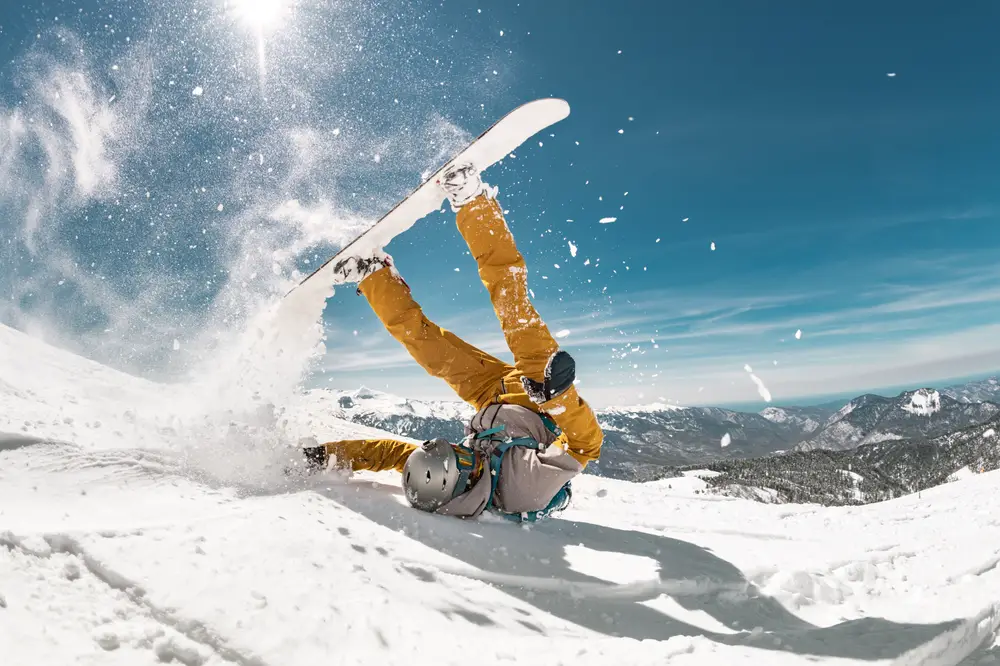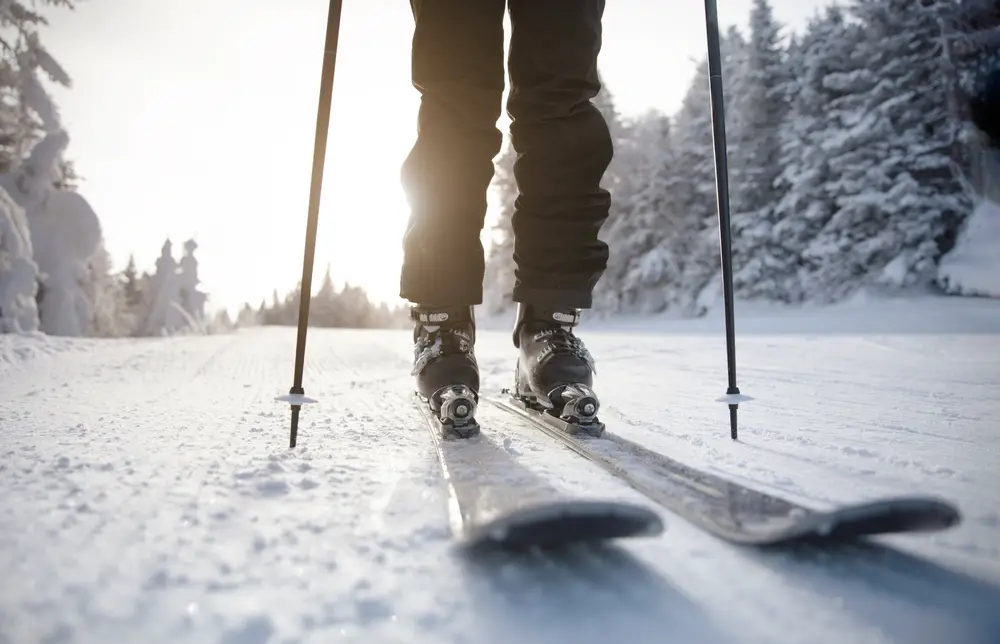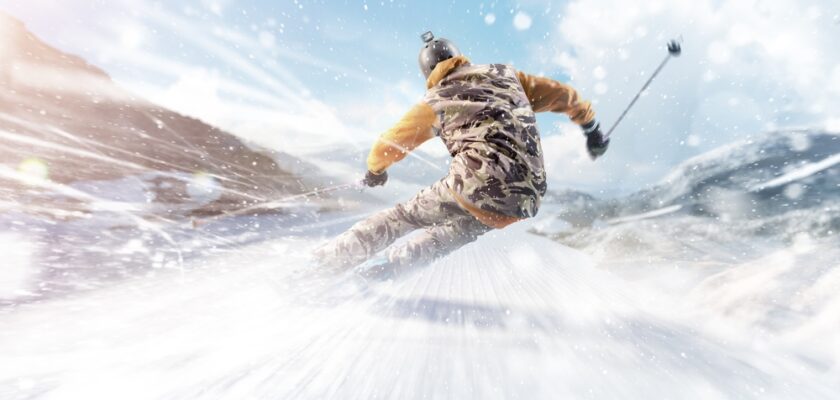Mountain skiing is a winter sport that combines technique, speed and a lot of courage from its athletes. It is practiced in mountainous terrain, where skiers descend marked slopes trying to complete the course in the shortest possible time.
In addition to competition, mountain skiing is a very popular recreational activity in many parts of the world, especially in Europe and North America. And to ensure the safety of competitors, the sport is governed by certain rules.
So, to keep you up to date with the sport, we’ve created special content with the main rules of mountain skiing. These rules cover everything from the structure and size of the slopes to the penalties for infractions.
So check out the main rules of mountain skiing!
Open your Betano account and get up to 1,000 reais in bonuses.
PIX payments, live games and super odds!
Click here to open your account!

Mountain skiing rules: complete list
- Location;
- Duration
- Equipment;
- Competitors;
- Scoring;
- Infractions and penalties;
- Weather;
- Categories.
Mountain skiing rules: competition venue
In mountain skiing, the slopes must be clearly demarcated, following specific standards of steepness and length. Typically, they measure between 400 and 1,200 meters in length, with a slope that can vary from 30 to 45 degrees.
In addition, the tracks must be equipped with safety nets and padding in areas where there is a risk of collision. These measures are essential to minimize the risk of serious injury.
Snow conditions are also constantly monitored, ensuring that the surface is suitable for safe skiing. In official competitions, the slopes are often inspected by safety committees before the races begin.
Mountain skiing rules: duration
Unlike other sports, downhill skiing doesn’t have a fixed duration, but is determined by the time it takes each skier to complete the course.
Therefore, in competitions, skiers go down the slope individually and the time is precisely timed to determine the winner.
Competitions can include several descents, depending on the category of the event. In speed skiing, for example, athletes can make several descents, and the best time is considered for the final classification.
In other formats, such as the giant slalom, each skier can have two attempts, with the final time being the sum of the two descents.
Mountain skiing rules: equipment
The equipment used in mountain skiing is crucial for both the skiers’ performance and safety. See what they are:
The basic equipment for mountain skiing includes skis, poles, boots, helmets, gloves and appropriate clothing for the cold. The skis must be adjusted to the athlete’s size and weight, as well as being equipped with bindings that release in the event of a fall to prevent serious injuries.
Helmetsare mandatory in competitions and also in recreational practice. In addition, goggles are essential to protect your eyes from the wind and snow.
Regular equipment maintenance, such as sharpening ski blades and adjusting bindings, is essential to ensure safe and efficient performance!
Mountain skiing rules: competitors
In mountain skiing, each skier competes individually, so there is no team with specific positions as in other sports.
However, competitions can be organized into different categories, based on age, gender and skill level. There are competitions for men, women and also for different age groups, such as juniors and seniors.
In addition, there are specific categories for skiers with physical disabilities, ensuring that everyone is included in the sport. In team events, such as relays, each team is made up of a fixed number of skiers who take turns to complete the course in the shortest time possible.
Mountain skiing rules: scoring
Scoring in mountain skiing is based on the time it takes each skier to complete the course. The aim is to get down the track in the shortest time possible, and the skier with the fastest time is declared the big winner.
But in some competition formats, such as the slalom, the score can include time penalties added for mistakes made during the descent, such as missing a gate.
In addition to time, other competitions can use a points system to rank skiers over the course of a season. These points are awarded based on placing in each event, and the skier with the most points at the end of the season is declared the season champion.
Mountain skiing rules: infractions and penalties
Mountain skiing infractions include a variety of actions ranging from unsportsmanlike behavior to technical failures during the descent.
Some examples of infractions are: not completing the course correctly, dodging a gate or demonstrating dangerous behavior that endangers the safety of other skiers.
Penalties vary according to the seriousness of the infraction. These include adding seconds or minutes to the skier’s total time, disqualification from the race or even suspension from future competitions.
Mountain skiing rules: weather
Weather conditions are important in mountain skiing, as skiers’ safety can be compromised by adverse conditions such as snowfall, strong winds or limited visibility. Therefore, competitions can be postponed or canceled if weather conditions are unsafe.
In addition, the quality of the snow is constantly monitored by experts. Excessively hard or soft snow can influence skiers’ performance and increase the risk of accidents. In some cases, artificial snow may be an option to improve piste conditions.
Mountain skiing rules: categories
Mountain skiing competitions are organized into various categories. In sport, they are divided by age, gender and skill level, but there are also specific classes for skiers with disabilities, known as adapted skiing.
In international competitions, categories are defined very carefully and rigorously, and skiers compete against others of similar ability and experience.

Mountain skiing rules: complete list
- Location;
- Duration
- Equipment;
- Competitors;
- Scoring;
- Infractions and penalties;
- Weather;
- Categories
That’s our list of the main rules of mountain skiing! Take advantage of the fact that you’ve come this far to check out these and other special articles about the world of sports, and leave your comments!



